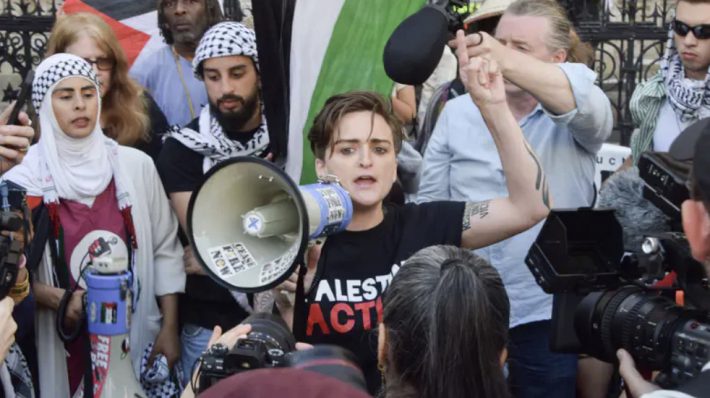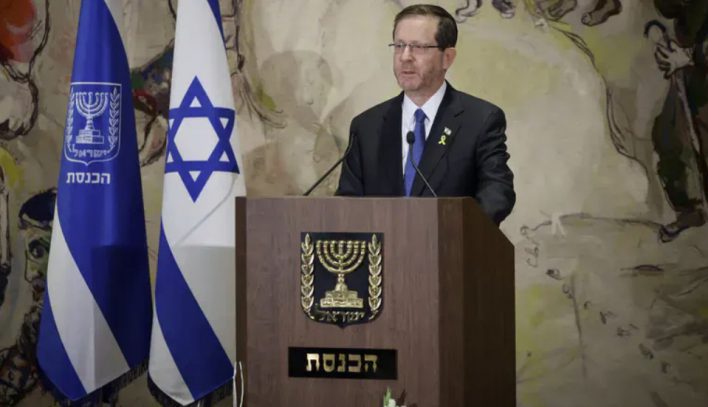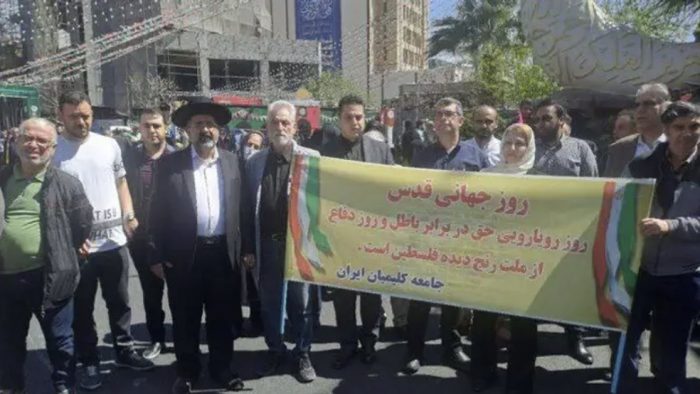Despite ceasefire, Hezbollah relentlessly rearms while Israel’s precision campaign prevents the terror group’s resurgence.
The Alma Center for the Study of the Northern Arena released a sweeping one-year assessment on Thursday, revealing the widening gap between the official ceasefire with Hezbollah and the reality on the ground. The report concludes that although a ceasefire exists on paper, Hezbollah—backed by Iran and aided by Arab terror networks—has spent the past year aggressively rebuilding its military infrastructure, while Israel has fought continuously to prevent a full-scale resurgence.
According to the Center’s data, the IDF launched 669 airstrikes across Lebanon in the past year—an average of 51 per month. Nearly half (47%) targeted sites south of the Litani River, 38.4% struck north of it, 13% hit the Bekaa Valley, and 1.6% reached deep into Beirut. Israel’s targets included terror command posts, civilian sites exploited for military buildup, and high-ranking operatives responsible for strategic planning and attacks.
The IDF eliminated 218 Hezbollah operatives, including 46 members of the elite Radwan attack force. Additional casualties came from allied terror factions—Hamas, Amal, Jemaah Islamiyah, and the PLO—showing the transnational nature of Hezbollah’s militant network. The most significant blow was the assassination of Haythem Ali Tabatabai, Hezbollah’s de facto chief of staff, in a concentrated strike in Beirut this week.
In parallel, Israel executed over 1,200 ground raids along the border in villages such as Aitaroun, Adaiseh, Houla, Aita ash-Shaab, and Meys al-Jabal to prevent the terror group’s re-entrenchment in vacated zones.
Despite these setbacks, Hezbollah is aggressively restoring its terror capacity. The report identifies weapons smuggling from Iran and Syria, rebuilding of missile stockpiles, creation of new production lines, and advancement of precision-guided rockets and UAV capabilities. Civilian sites—including quarries and concrete plants—are systematically incorporated into Hezbollah’s terror infrastructure, once again placing Lebanese civilians directly in harm’s way.
The Alma Center stresses that the Lebanese army remains politically and structurally incapable of confronting Hezbollah’s dominance, leaving southern Lebanon effectively under the terror group’s control despite official demilitarization declarations.
Intelligence data shows renewed Hezbollah activity in Aitaroun, Naqoura, Aita ash-Shaab, Bint Jbeil, Zebqin, and Tyr Harfah, with the Nabatieh region hit more than 50 times due to regrouping efforts.
The yearly trend indicates rising militant casualties from March onward, peaking in July with 30 terror operatives killed, dipping in August due to visits by senior American officials, then rising again from September.
“Hezbollah’s reconstruction is not merely military—it is ideological,” the Alma Center explained. “Armed resistance is hardwired into its identity. Countering it requires broad-spectrum pressure: cognitive, diplomatic, economic, political, and intelligence-based—not only military.”
The report concludes that while Israel’s selective strikes and precision assassinations have been highly effective, deep diplomatic coordination with the U.S., Europe, and key Arab states is essential to isolate Hezbollah and restrict its operational freedom.





